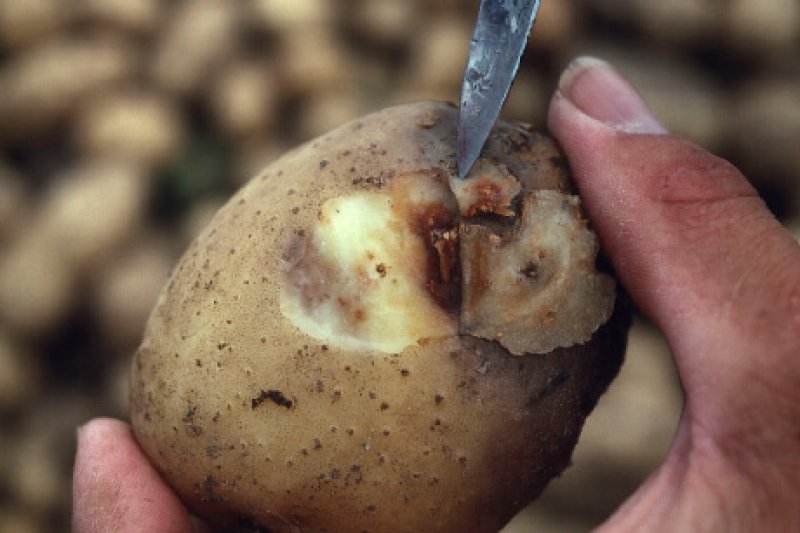Unfortunately, microbes find our wonderfully productive food plants just as delicious as we do. These pathogens are plant hackers. Just like computer hackers, they’re specialized infiltrators…The methods are the same, too: shut down defenses and access the target’s resources. Once they’re in, plant pathogens eat all they can and reproduce wildly…
…
The most infamous and cunning plant hackers are the oomycetes. The Irish Potato Famine in the 1840s was caused by the oomycete Phytophthora, Greek for “plant destroyer.”
…
Computer hackers rely on exploiting flaws in code to access systems… Oomycetes work the same way…For instance, plant diseases activate natural plant pumps to supply sugar for their own growth. Some oomycetes have lost the capacity to produce critical nutrients, meaning they rely on their plant host to do it for them. Without the plant host susceptibilities, the pathogen would starve before the plant got sick.
My colleagues and I study oomycete disease…We test plants that have been genetically manipulated to turn off individual genes related to nutrient uptake, transport, storage and regulation. We infect these modified plants and look for any that are more resistant than their normal relatives.
Read full, original article: Pathogens attack plants like hackers, so my lab thinks about crop protection like cybersecurity































